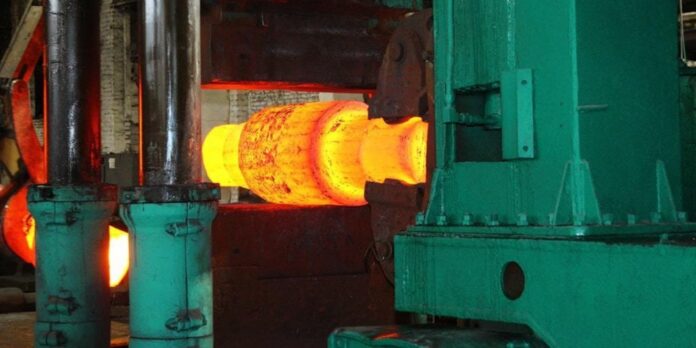Metals are shaped and formed through a die, pressure, and heat during the metal forging. Thanks to its capacity to create strong, long-lasting metal components, forging is widely used in various sectors, including the automotive, aerospace, and construction industries. The industry uses different forging machines and procedures, each with particular benefits and drawbacks. The various forging equipment and techniques will be covered in this article. CXINFORGING specializes in offering its customers top-notch forging solutions. They have the knowledge and tools to meet your needs, from closed-die forging to hammer forging. To learn more about their offerings and capabilities, visit their website at https://www.cxinforging.com/
Hammer Forging
A hammer is used in the forging process known as “hammer forging” to strike a metal workpiece in order to shape it repeatedly. You can use a manual hammer, a pneumatic hammer, or a hydraulic hammer. Gears, hand tools, and bolts are examples of small to medium-sized parts frequently produced using this method. Because hammer forging is a flexible and adaptable process, it is perfect for small-batch production.
Press Forging
In the forging process known as press forging, a workpiece is subjected to slow, steady pressure while being shaped into the desired shape using a press. Large and intricate parts like crankshafts, turbine blades and aircraft parts are frequently made using press forging. The process can be performed using either a mechanical press or a hydraulic press.
Upset Forging
A workpiece, known as upset forging, is compressed between two dies during the forging process to increase its diameter or decrease its length. The method of upset forging is frequently used to make fasteners like bolts, screws, and nails. A mechanical and hydraulic press can be used to complete the process.
Roll Forging
Roll forging is a technique that shapes a workpiece using two or more rollers. The rollers force the workpiece to deform and take the shape of the die. Producing long, cylindrical parts like shafts, axles, and rods frequently involves roll forging. A vertical or horizontal machine can be used to carry out the procedure.
Open-Die Forging
Open-die forging is a technique that entails the free shaping of a metal workpiece between two flat dies. Large, heavy, complex parts like pressure vessels, nuclear reactor parts, and turbines are frequently produced using open-die forging. The method offers great flexibility for forming and shaping the workpiece.
Closed-Die Forging
A metal workpiece is shaped using two dies that have been pre-designed during a closed-die forging process. Impression dies another name for the dies. Connecting rods, gear blanks, and valve bodies are just a few examples of small to medium-sized parts that are frequently produced using closed-die forging. The procedure enables the workpiece to be shaped and formed with high precision and accuracy.
Conclusion
Forging metal is crucial in producing durable metal parts of the highest caliber. Thanks to the variety of forging machines and available processes, industries can select the most effective technique based on their unique requirements. Every forging method has benefits and drawbacks, which can aid industries in making wise decisions. CXINFORGING is dedicated to offering its clients high-quality forging solutions.

